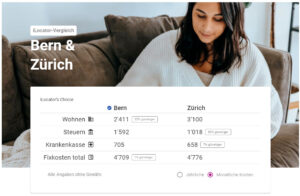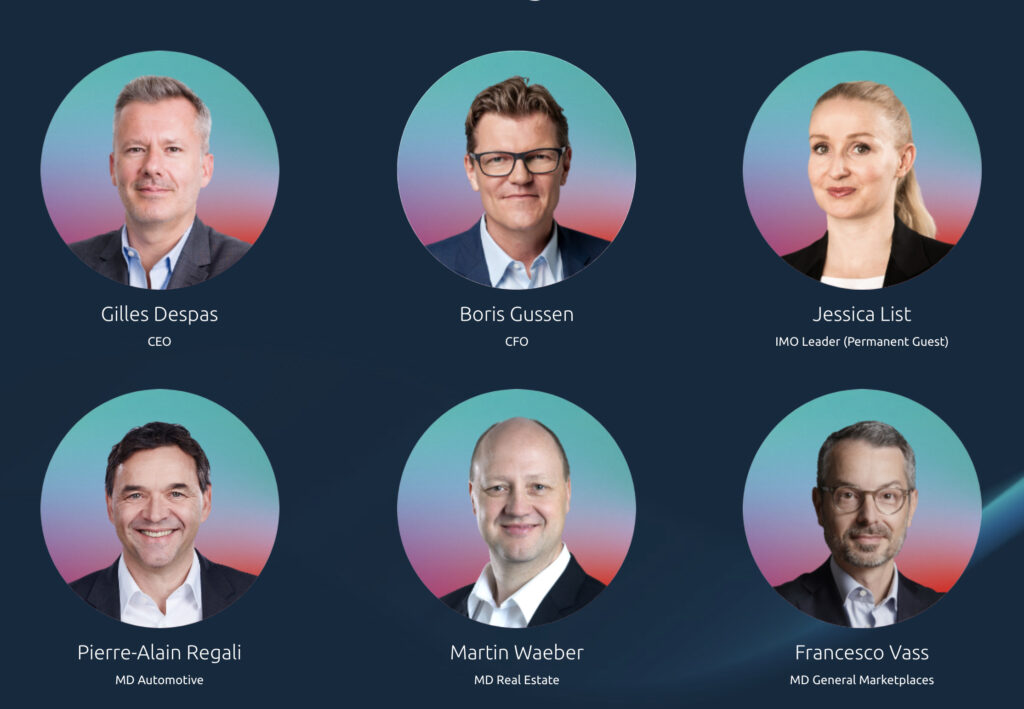
Indice des loyers de Homegate: Dans tous les cantons, les loyers n’ont connu qu’une seule direction en 2022: la hausse
L’année dernière, les loyers proposés en Suisse n’ont connu qu’une seule direction d’évolution: tant au niveau national que dans tous les cantons et villes étudiées






